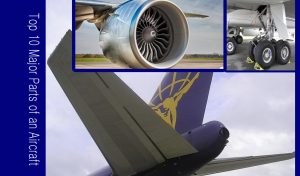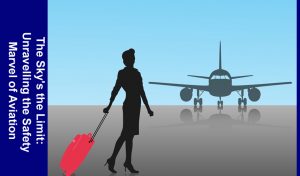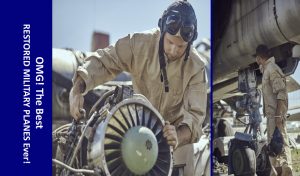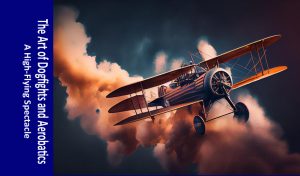The evolution of aircraft design has been a fascinating journey that spans more than a century. Aircraft design has evolved from simple, wood-and-fabric biplanes to sophisticated, high-speed, and technologically advanced machines. Here I have briefed the overview of the key stages in the evolution of aircraft design.

- Early Beginnings (Late 19th and Early 20th Century)
- The Wright brothers, Orville and Wilbur, made the first powered, controlled, and sustained flight in 1903 with their Wright Flyer.
- Early aircraft were mainly constructed from wood and covered with fabric. They were biplanes with a front-mounted engine and pusher or tractor propellers.
- Innovations like ailerons and wing warping were introduced to control the aircraft’s roll and pitch.
- World War I Era
- World War I saw rapid advancements in aircraft design, as they were used for reconnaissance, bombing, and dogfights.
- Biplanes like the Sopwith Camel and Fokker Dr.I became iconic fighter planes of the era.
- Engineers experimented with various engine configurations, including rotary engines.
- Between the World Wars
- After World War I, aircraft design continued to evolve. Monoplanes started to gain popularity due to their higher efficiency.
- Streamlined designs and improvements in engines led to faster and more reliable aircraft.
- Notable aircraft of this period included the Boeing 247 and the Douglas DC-3, which played a significant role in the development of commercial aviation.
- World War II
- World War II saw a wide variety of aircraft, including bombers, fighters, and reconnaissance planes.
- Technological advancements like radar, jet engines, and pressurized cabins emerged during this period.
- Iconic aircraft like the Supermarine Spitfire, Messerschmitt Bf 109, and B-17 Flying Fortress played vital roles in the conflict.
- The Jet Age
- After World War II, the development of jet engines revolutionized aviation. The de Havilland Comet became the world’s first commercial jet airliner in 1949.
- Jet fighters like the F-86 Sabre and MiG-15 set new speed records.
- The Boeing 707 and Douglas DC-8 marked the beginning of the jet age for commercial aviation.
- Supersonic Era
- The 1950s and 1960s saw the introduction of supersonic aircraft like the Concorde and the American SST (Supersonic Transport).
- These aircraft could travel faster than the speed of sound, reducing travel time significantly.
- Modern Era
- Aircraft design continued to advance in the late 20th and early 21st centuries, with a focus on fuel efficiency, materials, and avionics.
- The Boeing 747, Airbus A380, and Boeing 787 Dreamliner are examples of innovative commercial aircraft.
- Military aircraft like the F-22 Raptor and F-35 Lightning II incorporated stealth technology and advanced sensors.
- Unmanned Aerial Vehicles (UAVs)
- The development of UAVs, also known as drones, has revolutionized military and civilian applications, including surveillance, reconnaissance, and delivery.
- Future Trends
- Aircraft design is likely to continue evolving with a focus on sustainability, electric and hybrid propulsion systems, autonomous flight, and increased efficiency.
The evolution of aircraft design has been driven by a combination of technological advancements, military needs, commercial interests, and a desire for greater safety and efficiency. As we look to the future, the aerospace industry is poised to continue pushing the boundaries of what is possible in aviation.









